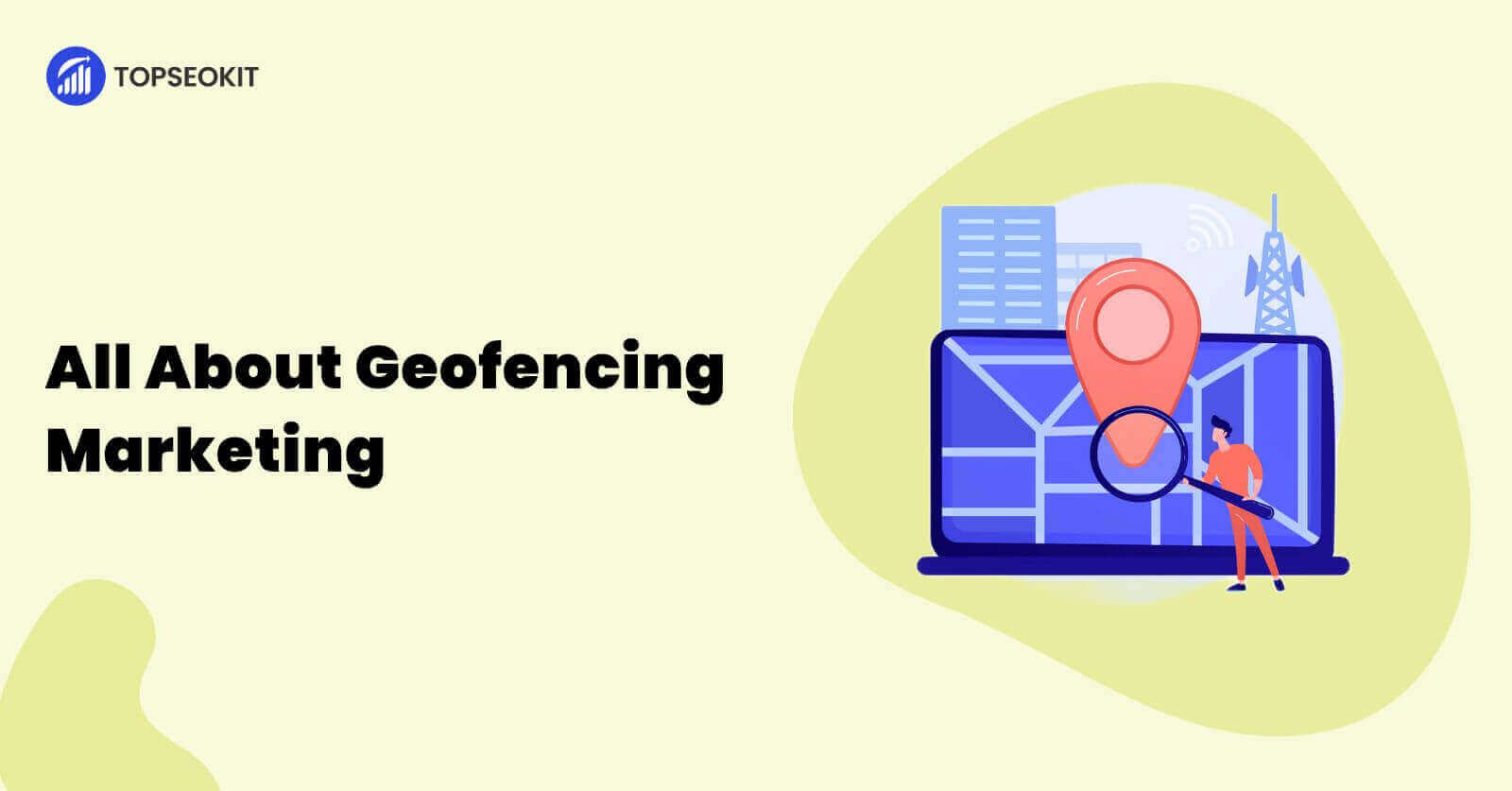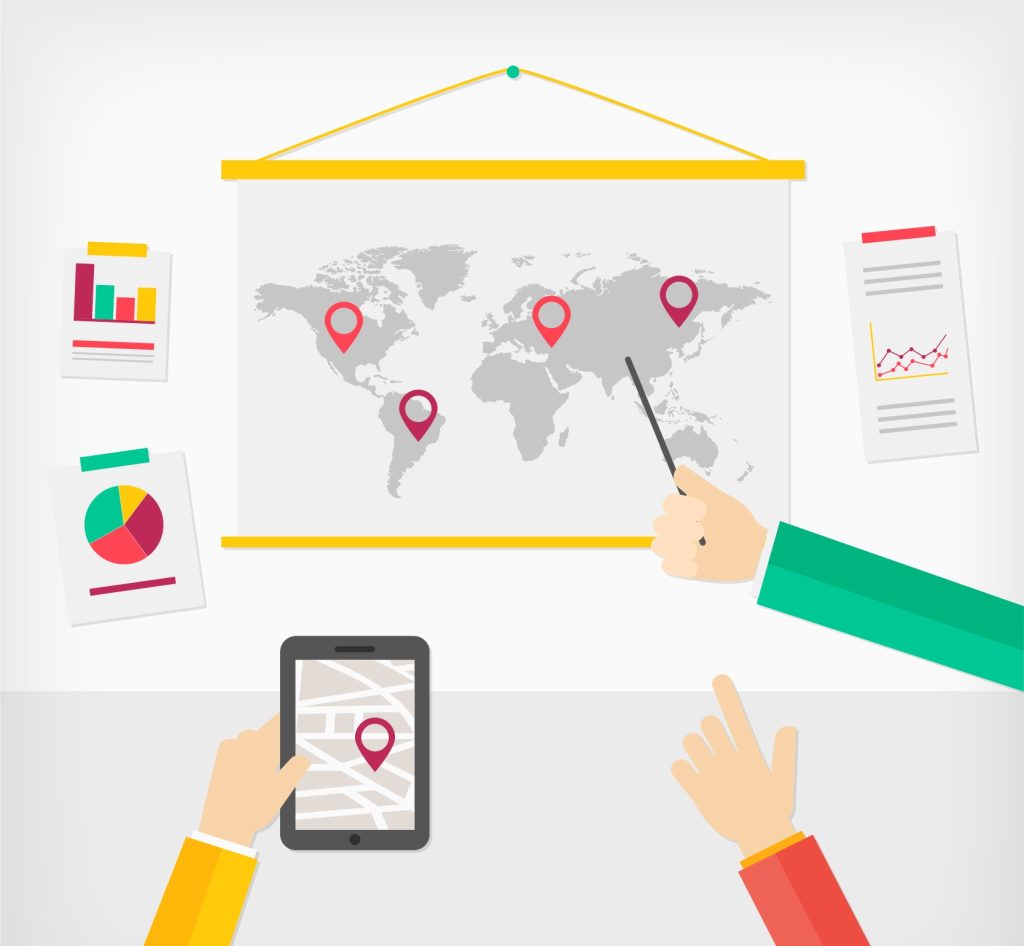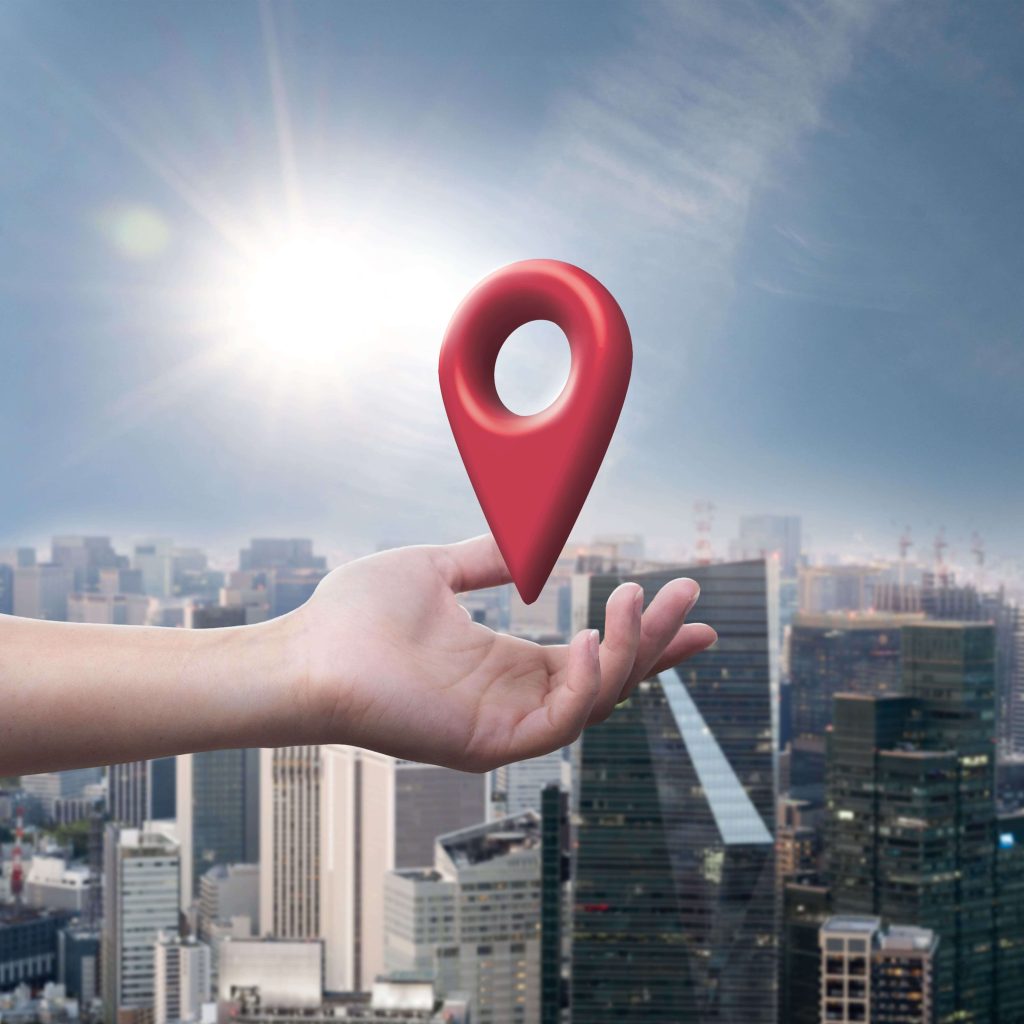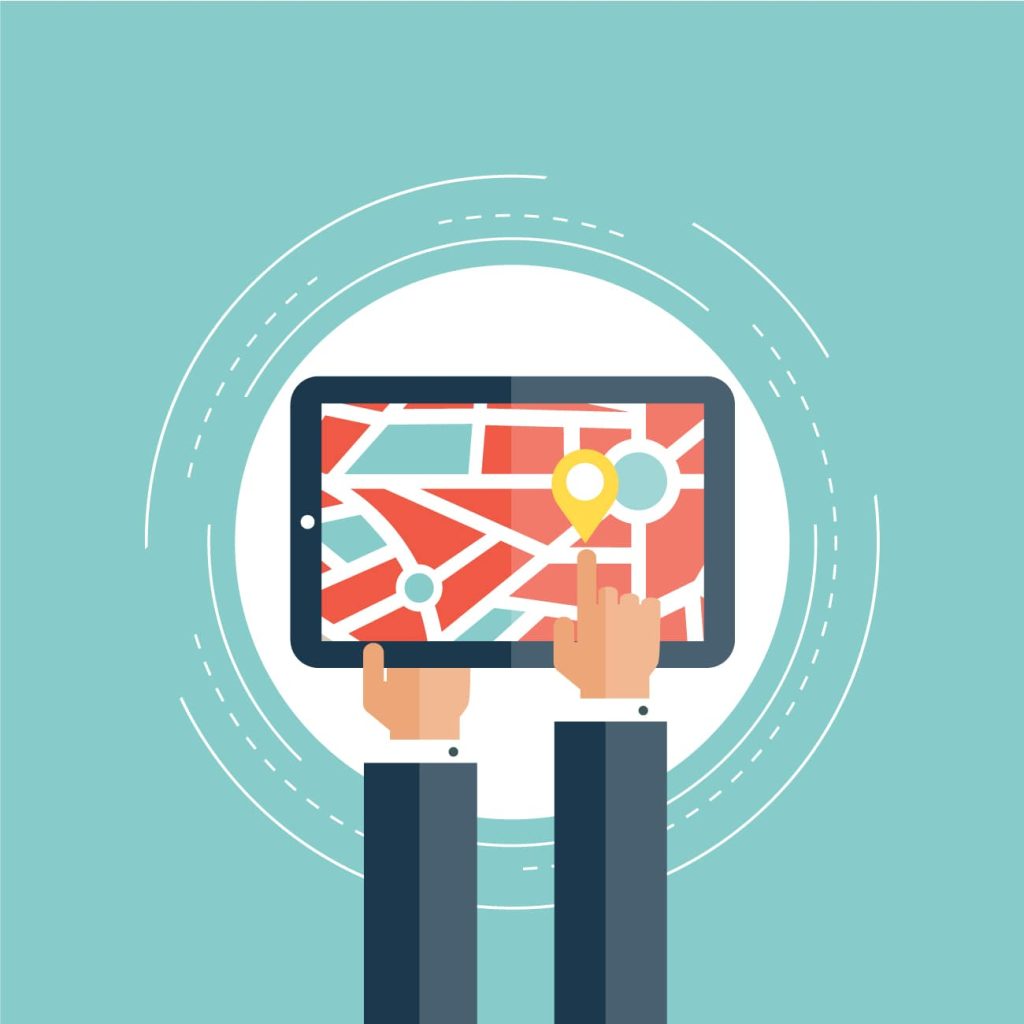
Geofencing Marketing: The Key to High ROAS
Everything you need to know about geofencing marketing
In today’s digital age, marketers are always looking for ways to improve their Return on Advertising Spend (ROAS) and stay ahead of the competition. One of the most effective ways to do this is through geofencing marketing, a relatively new approach that allows businesses to target their advertising based on specific geographic areas. This article will explore how geofencing marketing can be used to improve your ROAS and provide tips on how to implement it effectively.
How Geofencing Marketing Works:

Geofencing marketing works by setting up a virtual perimeter around a specific geographic location. This can be done using GPS technology or by creating a virtual boundary on a map. Once this boundary is set, businesses can use it to target their advertising to people within the area. For example, a business might set up a geofence around a sports stadium and target their advertising to people attending a particular game.
There are two main types of geofencing: active and passive. Active geofencing uses GPS technology to track a user’s location in real-time and send them targeted messages based on their location. Passive geofencing, on the other hand, uses historical data to target users based on their past locations. This means that businesses can target users who have visited a particular location in the past, even if they are not currently in the area.
Benefits of Geofencing Marketing:

Targeted Advertising:
One of the main benefits of geofencing marketing is that it allows businesses to target their advertising to specific geographic locations. This means that they can reach customers who are more likely to be interested in their products or services.
Personalized Advertising:
Geofencing marketing also allows businesses to personalize their advertising based on a user’s location. For example, a business might send a targeted message to a user who is walking past one of their stores, offering them a discount or a special offer.
Increased Engagement:
By targeting their advertising to specific locations, businesses can increase the engagement of their ads. This is because users are more likely to pay attention to an ad that is relevant to their location and interests.
Improved Conversion Rates:
Finally, geofencing marketing can also lead to improved conversion rates. This is because users who receive targeted messages based on their location are more likely to take action than those who receive generic messages.
How to Implement Geofencing Marketing:

Set clear goals and objectives:
Before implementing this kind of marketing, it’s important to set clear goals and objectives. This will help you to measure the success of your campaigns and ensure that you are targeting the right audience.
Choose the right location and target audience:
When setting up your geofence, it’s important to choose the right location and target audience. This will help you to reach customers who are most likely to be interested in your products or services.
Create personalized content:
To maximize the effectiveness of your geofencing marketing campaigns, it’s important to create personalized content that is tailored to the user’s location and interests.
Optimize for mobile devices:
It is most effective when it is optimized for mobile devices. This means that your ads should be designed to work well on small screens and load quickly.
Measure and analyze the results:
Finally, it’s important to measure and analyze the results of your geofencing marketing campaigns. This will help you to identify areas where you can improve and make changes to your strategy.
Case Studies of Successful Geofencing Marketing Campaigns:

Starbucks:
Starbucks used geofencing marketing to target customers who were near their stores. They sent targeted messages offering discounts and promotions, which resulted in a 10% increase in foot traffic.
American Eagle Outfitters:
American Eagle Outfitters used this method to target customers who were near their stores and send them personalized messages based on their past purchase history. This led to a 28% increase in foot traffic and a 6% increase in sales.
The North Face:
The North Face used this technique to target customers who were near their stores and send them personalized messages based on their outdoor interests. This resulted in a 60% increase in store visits and a 41% increase in online sales.
Challenges and Limitations of Geofencing Marketing:

While geofencing marketing can be a highly effective tool, there are also some challenges and limitations to be aware of:
Privacy concerns:
Geofencing marketing relies on tracking users’ locations, which can raise privacy concerns. It’s important to be transparent about how you are collecting and using this data and give users the option to opt-out.
Accuracy of location data:
It relies on accurate location data to be effective. However, GPS technology is not always accurate, which can lead to users receiving irrelevant or inaccurate messages.
Limited reach:
This sort of marketing is most effective in areas with a high population density. This means that businesses in rural areas or small towns may not be able to reach as many customers through geofencing marketing.
Conclusion:
Geofencing marketing is a powerful tool that can help businesses to improve their ROAS by targeting their advertising to specific geographic locations. By setting clear goals and objectives, choosing the right location and target audience, creating personalized content, optimizing for mobile devices, and measuring and analyzing the results, businesses can maximize the effectiveness of their campaigns. While there are some challenges and limitations to be aware of, the benefits of geofencing marketing make it a valuable addition to any digital marketing strategy.
FAQs
What kind of businesses can benefit from geofencing marketing?
It can be beneficial for businesses of all sizes and industries, but it is especially effective for businesses that have a physical location, such as retail stores, restaurants, and event venues. However, it can also be useful for online businesses that want to target users based on their geographic location.
How accurate is geofencing technology?
The accuracy of geofencing technology depends on a number of factors, such as the type of technology used and the density of the area being targeted. In general, GPS technology is the most accurate, with an accuracy of about 10-20 meters. However, other factors such as tall buildings, bad weather, and poor satellite coverage can affect the accuracy of geofencing technology.
How can I ensure that my geofencing marketing campaigns are effective?
To ensure that your campaigns are effective, it’s important to set clear goals and objectives, choose the right location and target audience, create personalized content, optimize for mobile devices, and measure and analyze the results. It’s also important to be transparent about how you are collecting and using users’ location data and give them the option to opt-out.
Are there any legal issues with using geofencing marketing?
There are some legal issues to be aware of when using geofencing marketing, such as privacy laws and regulations. For example, businesses need to be transparent about how they are collecting and using users’ location data and obtain their consent before collecting this data. It’s also important to be aware of any local laws and regulations related to geofencing marketing.
Can I use geofencing marketing to target specific individuals?
No, its is not designed to target specific individuals. Instead, it targets users who are within a specific geographic location, based on their GPS location or historical location data. However, businesses can use other targeting criteria, such as demographics or interests, to further refine their geofencing marketing campaigns.
Also Read:
What is ChatGPT & How to use it like a pro?
Let’s dive in! Get started for free
